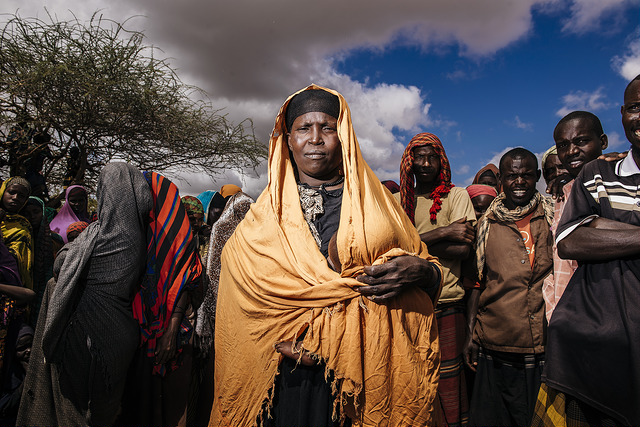
Beginning in the late 1980s with resistance to the military government, armed conflict and social disorganization have marked the lives of nearly two generations of Somalis. Because of the ongoing conflict, thousands of Somalis left their homeland due to the fighting and settled in expatriate communities around the globe. In recent years, however, a fragile stability has returned that sees locals and returnees rebuilding Somalia together.
While this remains good news, the return of Somali nationals who were raised or spent upwards of two decades abroad has generated new conflicts. Local Somalis often have a perception that they are entitled to more rights in their native land than those who have spent their lives abroad. Returning nationals often feel that their education and experience position them better to contribute to future peace and stability for Somalia. These preconceptions fuel disagreements regarding prime positions in government and other employment conflicts.
There is a significant culture gap between returnees and local Somalis, but efforts have begun recently to bridge this gap in the name of improving their war-torn country. A symposium was held in June 2017 to bring these groups together and foster an ongoing dialogue about incorporating all Somalis in the nation’s future. These new efforts hope to see locals and returnees rebuilding Somalia together.
One local participant explained, “It was an important workshop in that it brought together diaspora returnees and the locals. The engagements were amicable as the diaspora returnees and their local counterparts held discussions so as to get to understand each other.”
Returnees are a big part of rebuilding Somalia. One United Nations program in recent years has arranged for dozens of short-term positions in Somalia for expatriates with expert qualifications. Some returnees are keenly conscious of the problems incurred by bringing in outsiders. One American returnee who hosted a legal summit with Somali experts and politicians in 2015 was proud to have completed the project with a minimum of international interference.
Vocational and education programs that support returnees are opening opportunities for Somalis no matter their personal history. The U.N. High Commission for Refugees reported in December 2017 on a program in Mogadishu that is providing training through the country’s Returnee Support Center. Their training programs are increasing the quality of life in the Somali capital for both returning nationals and those who stayed through the wars.
Regional organizations are supporting efforts to integrate the diverse Somali population as well. AMISOM, the African Union Mission in Somalia, is participating in the talks to unite local and returning populations, and has endorsed their continuing work.
“One of the reasons AMISOM is supporting this great initiative is because cooperation and partnership between Somali Diaspora Returnees and Homeland community is critical for the stability and long-term development of Somalia,” said Dr. Walters Samah, AMISOM Political Officer to ReliefWeb.
Despite the fragility of the current situation, Somalia’s prospects have been improving for years. With luck and dedication, this trajectory will continue with locals and returnees rebuilding Somalia together for a better future.
– Paul Robertson
Photo: Flickr
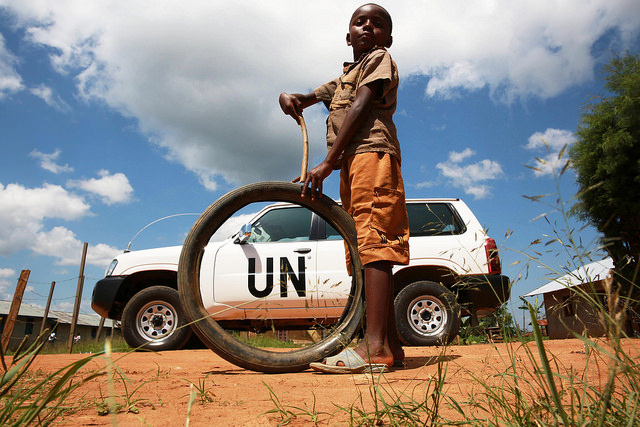 The United Nations has been working towards world peace, security and good relations in an attempt to solve economic, social, cultural and humanitarian problems globally
The United Nations has been working towards world peace, security and good relations in an attempt to solve economic, social, cultural and humanitarian problems globally 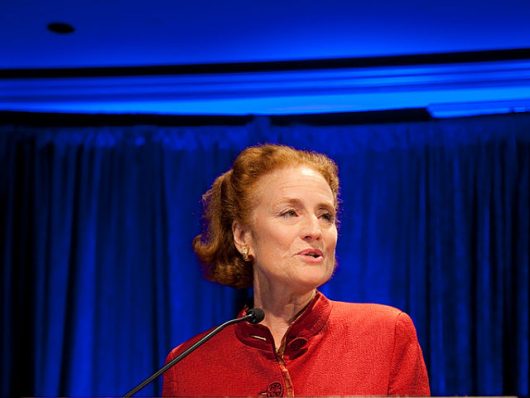
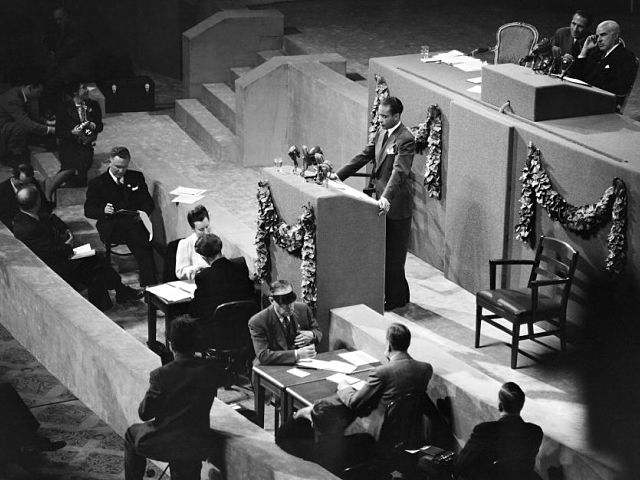 The name United Nations (U.N.) was coined by President Franklin D. Roosevelt and was first used on January 1, 1942 in the Declaration by the United Nations. Twenty-six nations pledged to continue resistance against the Axis powers in the Declaration by the United Nations. Though the name was coined in 1942, the United Nations did not become official until 1945.
The name United Nations (U.N.) was coined by President Franklin D. Roosevelt and was first used on January 1, 1942 in the Declaration by the United Nations. Twenty-six nations pledged to continue resistance against the Axis powers in the Declaration by the United Nations. Though the name was coined in 1942, the United Nations did not become official until 1945. With a new campaign called My Health, My Right, UNAIDS will celebrate
With a new campaign called My Health, My Right, UNAIDS will celebrate 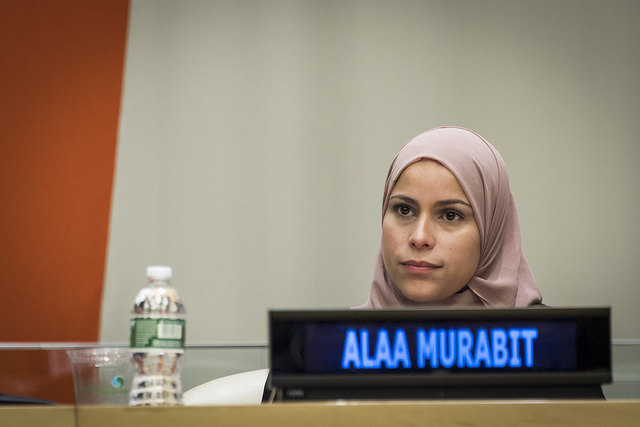 When creating the 2030 Agenda for Sustainable Development, the Member States of the United Nations identified 17
When creating the 2030 Agenda for Sustainable Development, the Member States of the United Nations identified 17  China is the world’s
China is the world’s 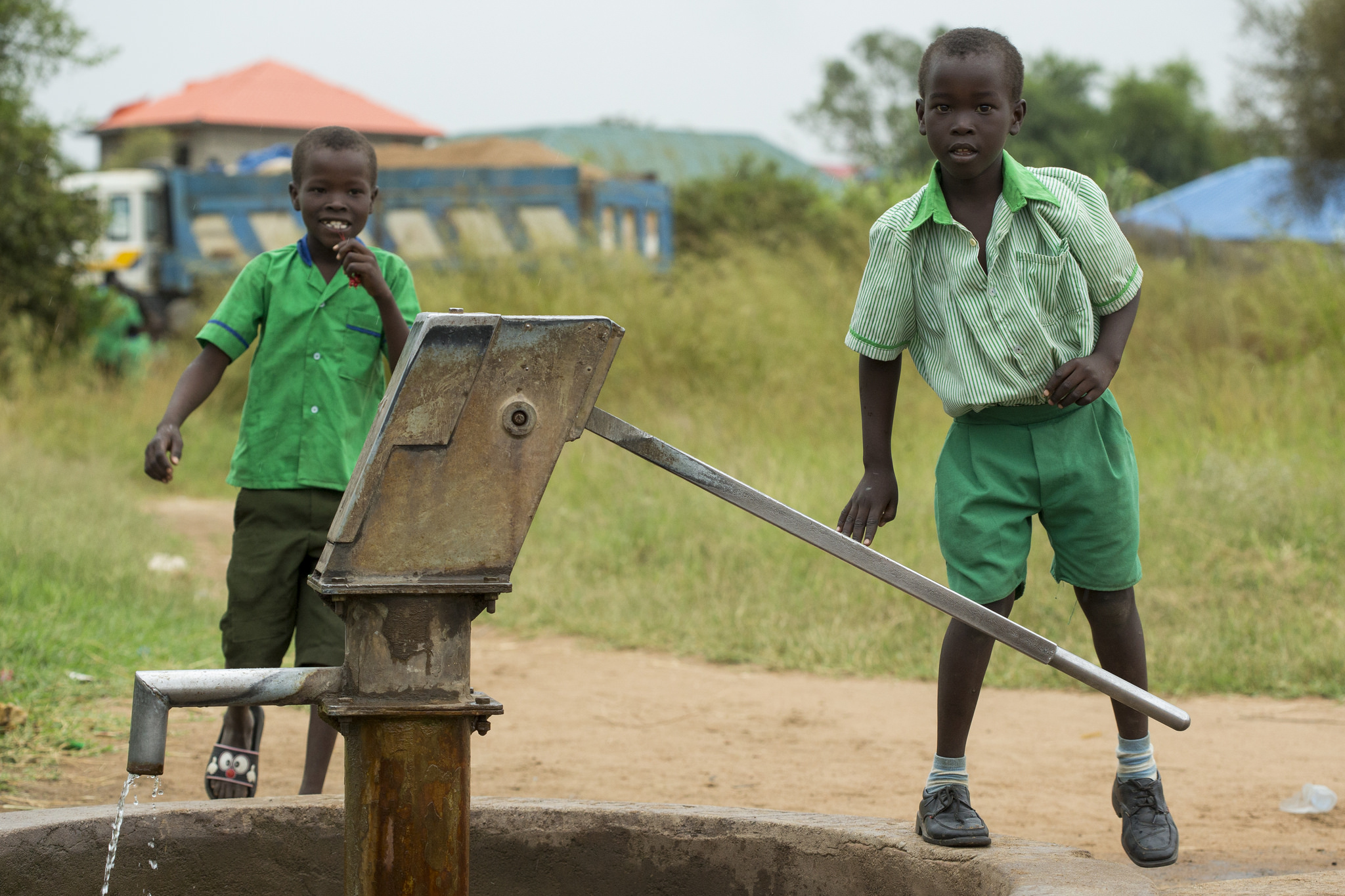
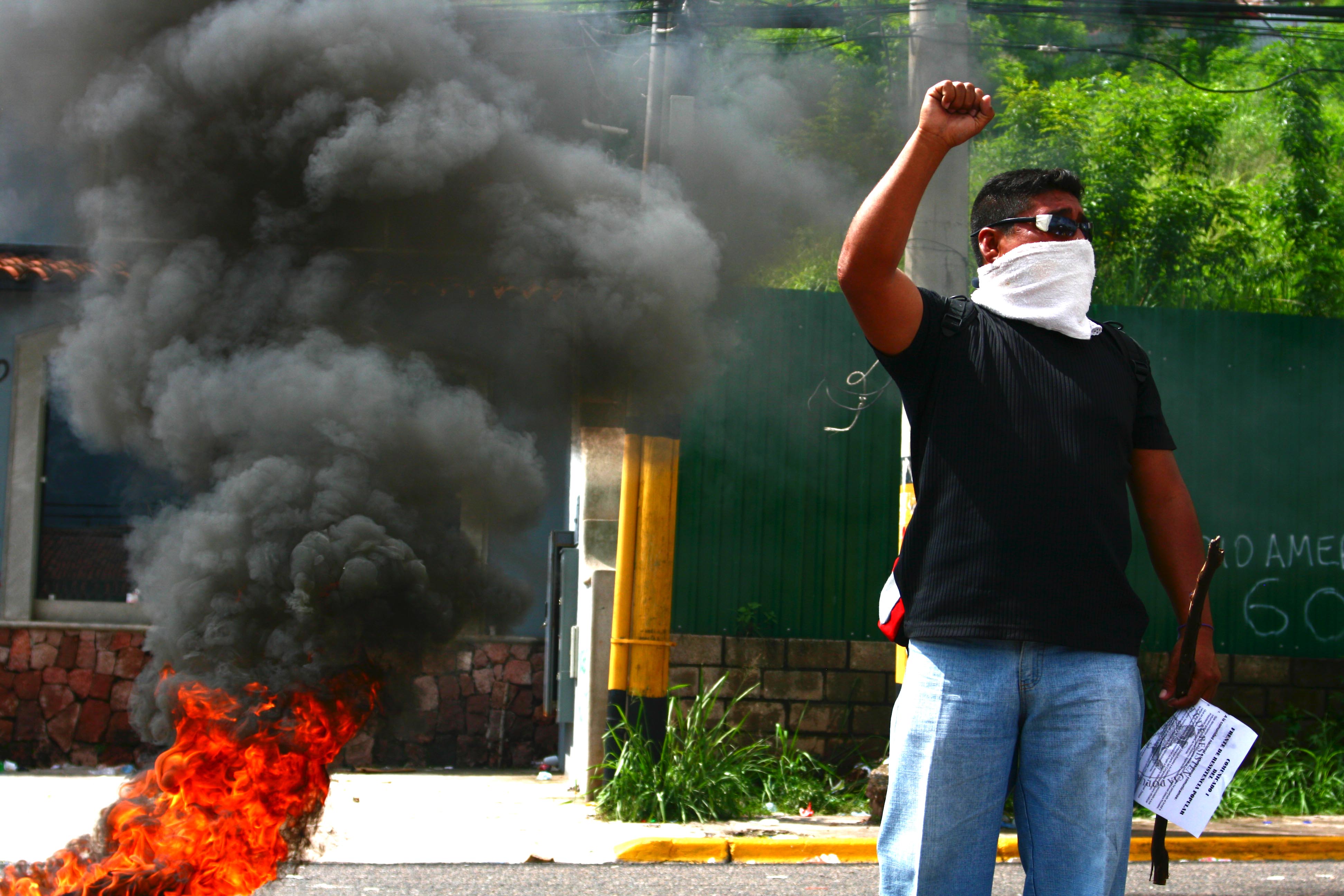 The term “refugee crisis” has the implication that a group of individuals is subject to persecution, war and/or systemic violence. In essence, a refugee is someone that is
The term “refugee crisis” has the implication that a group of individuals is subject to persecution, war and/or systemic violence. In essence, a refugee is someone that is  In 2007, the United Nations General Assembly adopted a new declaration sourced from existing international human rights law. This time, though, the organization focused on a specific marginalized group: indigenous peoples. The strong support of the United Nations Declaration of the Rights of Indigenous Peoples was a major step toward increasing communication between indigenous peoples all over the world and the U.N. Member States.
In 2007, the United Nations General Assembly adopted a new declaration sourced from existing international human rights law. This time, though, the organization focused on a specific marginalized group: indigenous peoples. The strong support of the United Nations Declaration of the Rights of Indigenous Peoples was a major step toward increasing communication between indigenous peoples all over the world and the U.N. Member States.